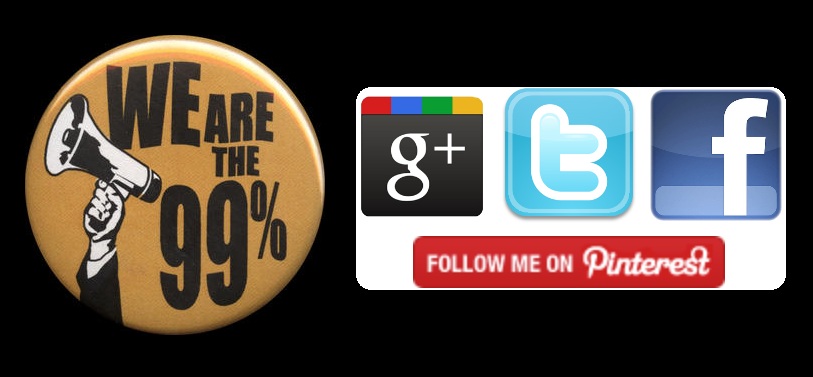
From a marketing and advertising perspective, Facebook is a game. It may not be very fun for businesses, but just because you don’t like something doesn’t mean that you don’t have to play along to be successful. On the other hand, some businesses have plenty of fun on Facebook. Whether you do or not makes absolutely no difference, though some will say that if you’re having fun with it that you’ll be more successful. I contend that fun or no fun, you still play the same way if you’re doing it right.
The “game” aspect of Facebook is affinity. It’s the component of Facebook marketing that a business has the most control over while simultaneously having not true control at all. It’s not a conundrum. It’s not double talk. It’s just the way it is.
You see, affinity is a measurement of the engagement you’re receiving on each post. If you’re getting more engagement because of the quality and strategic placement of your content, the affinity portion of your EdgeRank will be higher. It’s for this reason that you do have control. Technically speaking, there really is no true “EdgeRank” anymore. It’s an antiquated algorithm that has been replaced without a name given to the replacement, and since there aren’t a ton of differences in the factors applied to the new algorithm, the name has stuck. Regardless of the name, you have the ability to affect how popular your posts will be based upon the weighted factors attached to affinity.
Facebook really started playing around with how posts from pages appear in the news feeds around the middle of last year. It became noticeable around September. Those who were popular before were seeing dips in their exposure. Things have leveled out now, so wherever you stand currently is a good starting point, particularly if you’re trying to correct errors from the past or reviving a dormant or semi-dormant page.
Your fans and friends of fans are the ones who have the real control over how your posts show in the news feeds, which is why affinity is still the most controllable without giving you any actual control. If your posts are getting ignored or reported as spam, your posts will not show up as well on news feeds. It’s that simple. It’s the reason that you have to play the game whether you like it or not. You can control your own content but you can’t control how people will react to it. All you can really do is learn what works and try to improve.
By improving the quality and focus of what you post, you’ll be able to have the most positive influence on your affinity. Here’s how:
Make Every Post Count
We keep mentioning it here and on other publications, but it definitely cannot be overstated. You cannot waste Facebook posts. You do more harm by posting weak content than if you didn’t post content at all.
Regardless of what you’re running as your strategy, be sure to identify the content that is resonating with your audience. A car dealer should post pictures of cars and the local area, for example. The pictures should be extremely interesting, not just boring pictures of people smiling in front of the car they just bought.
Part of playing the affinity game is making sure that every time your posts appear in front of people, that there’s a chance they’ll like, comment, or share the post. Content that might bring value to you but that brings nothing to the table for the Facebook audience is worthless. In other words, links to your inventory will hurt your efforts. Images of important and interesting parts of your inventory with an accompanying link is better.
Source and Type Matter a Lot
One of the parts that many businesses don’t understand about the way the Facebook algorithm works is that it affects different posts from different sources… well, differently. Let’s say you have an amazing image that you post. It gets a lot of comments, shares, and likes. That popularity will affect all of your posts a little, but it will affect your image posts by far the most.
Sources are another indicator that Facebook doesn’t talk much about but that have an affect on news feed placement. If you post something from Buffer that does well, it will affect future Buffer posts more than it will affect Hootsuite or direct Facebook.com posts, for example.
Keep in mind that the opposite is true as well. If posts of a particular type or from a particular source perform poorly, the algorithm will stop trusting your posts from those sources. They will be presented lower on the news feed.
The Two Things to Avoid
There are a couple of things that hurt you when you post. The first is obvious: spam reports. Every business will get reported for spam from time to time regardless of the content, particularly if the posts are promoted through Facebook advertising. Users in general do not understand how sponsored posts work (or they may understand them too well) and will try to keep your promoted message about the big sale this weekend from ever popping up ahead of pictures of little Timmy sliding into third base by reporting your posts as spam. That’s fine. It happens. Facebook knows this.
What you don’t want to happen is for too many of these reports to come in. Facebook gives your posts a little leeway knowing that there will be some reports no matter what, but when your posts get more than what Facebook believes is reasonable, your future posts and your page itself will be affected. This is bad. It’s very difficult to reverse, even with Facebook advertising. In a conversation with Facebook, I was told that if a page has been posting too much spam when I take them over, that it may be easier to build it back up from scratch rather than try to fix the problem.
The other less-known thing to avoid is getting passed over on the news feed. Every time your posts appears on someone’s news feed, it’s your opportunity to shine. You earn trust in the algorithm when people interact with your posts, but there’s a catch. If they see your posts and do not interact with them in some positive way, Facebook registers that as well. It’s not just someone who saw your post and didn’t do anything. It’s an actual negative that gets registered in Facebook’s data. They know when your posts were viewed. If they get viewed but don’t get liked by a user, they are less likely to be presented to that user as well as that user’s friends in the future.
It’s for this reason that we don’t want posts wasted. Regardless of how many times I say it, it just won’t be enough. You must make every post count.
Look at your posts before you make them live. Are they incredible? If the answer is no, work harder to make it incredible. You can’t post for the sake of posting. Not anymore. You have to “bring it” each and every time you post. Don’t damage your account. Make it shine. The difference is extreme.
One last quick note: everything that I just mentioned about Facebook is very similar to how Google+ handles their network. As it continues to rise, playing their game is also a necessity. Thankfully, it’s so similar that if you work the same basic strategy on both, the results will be similar.












 Here's the short version of what you should be doing with your page: log in as the page (top right arrow next, "Use Facebook as:") and go like other pages and posts. Done right, it should take no more than 5-10 minutes a day. Like your local newspaper. Like local charities. Like other local businesses. Like the posts that are on those pages that you truly enjoy (more on that later). It takes a certain creative and professional personality to comment appropriately as a dealership on other Facebook pages. It takes the ability to read and click buttons to like things that others post.
Here's the short version of what you should be doing with your page: log in as the page (top right arrow next, "Use Facebook as:") and go like other pages and posts. Done right, it should take no more than 5-10 minutes a day. Like your local newspaper. Like local charities. Like other local businesses. Like the posts that are on those pages that you truly enjoy (more on that later). It takes a certain creative and professional personality to comment appropriately as a dealership on other Facebook pages. It takes the ability to read and click buttons to like things that others post.




















